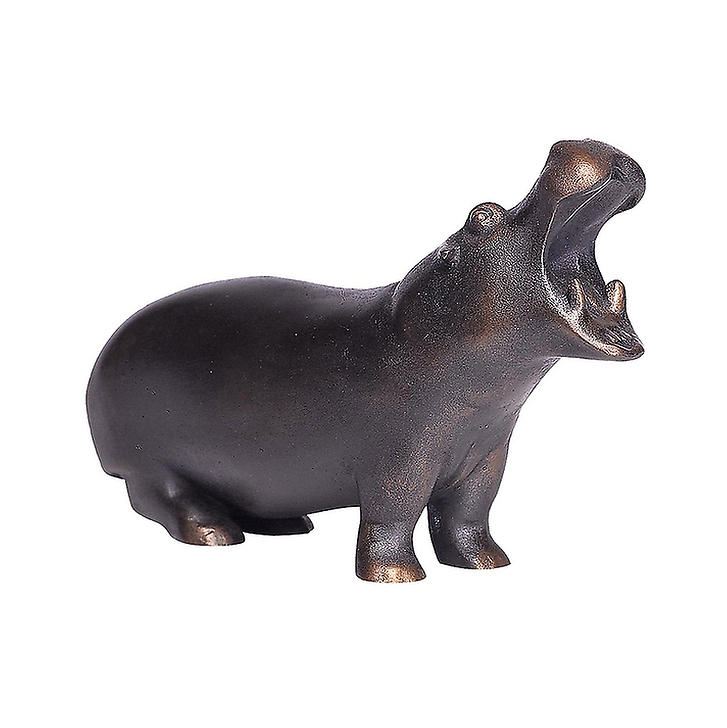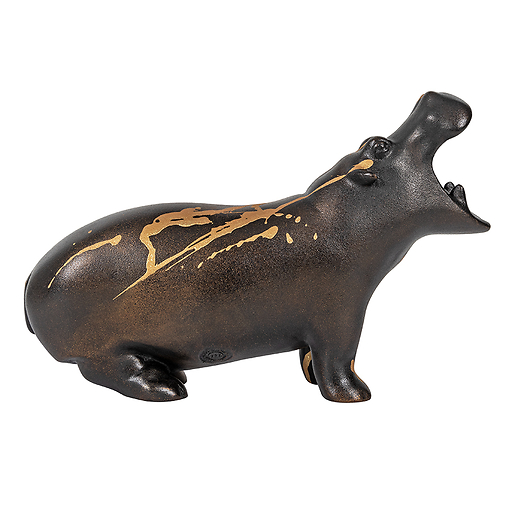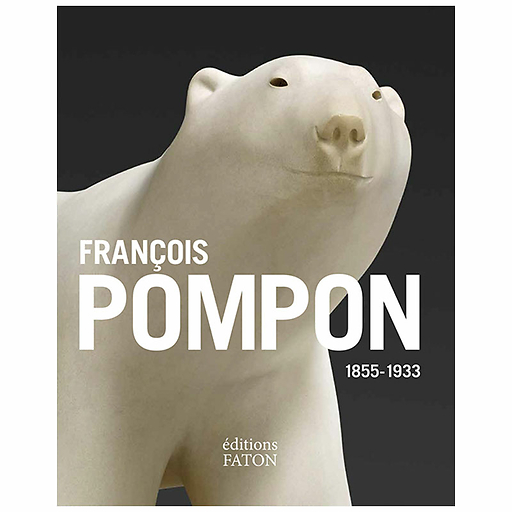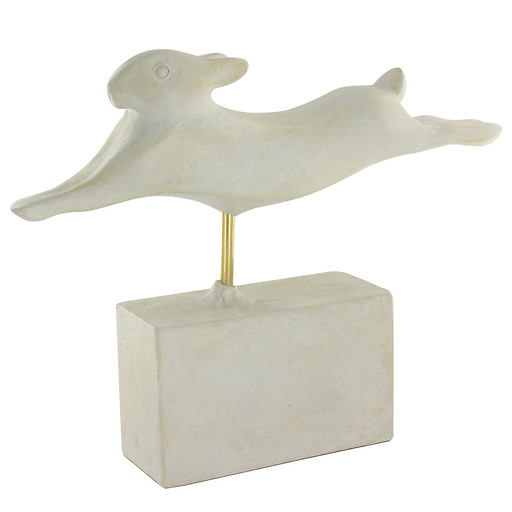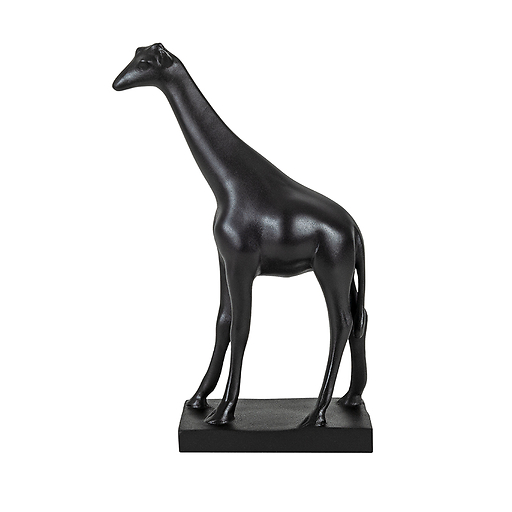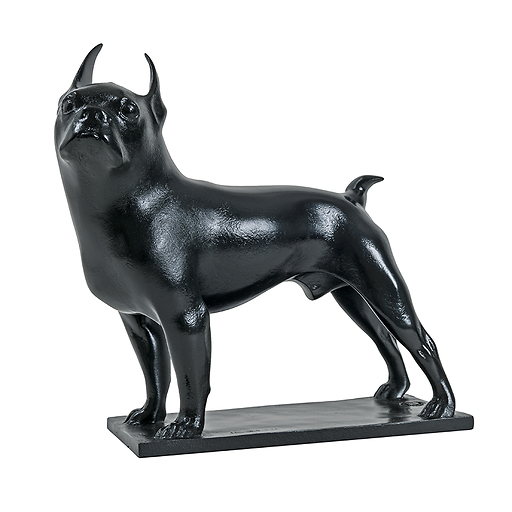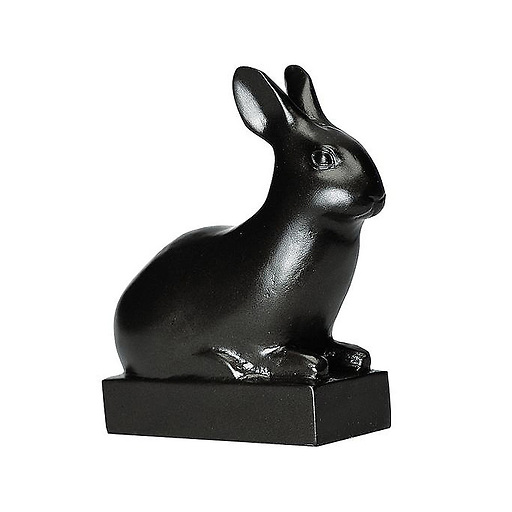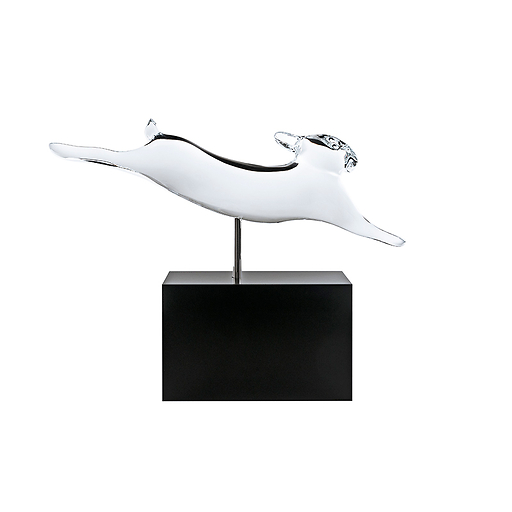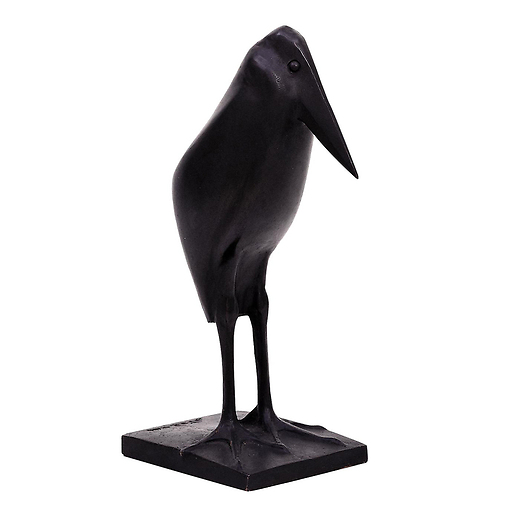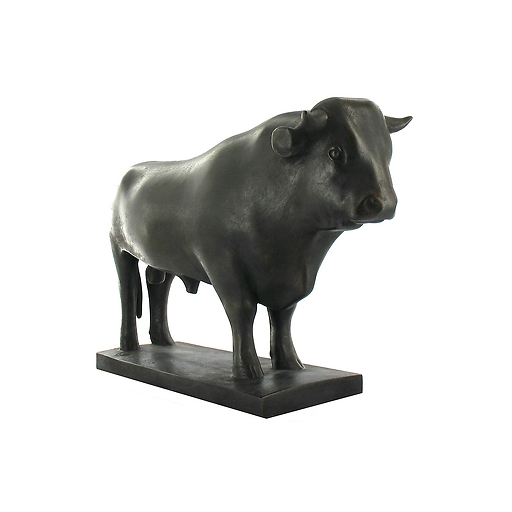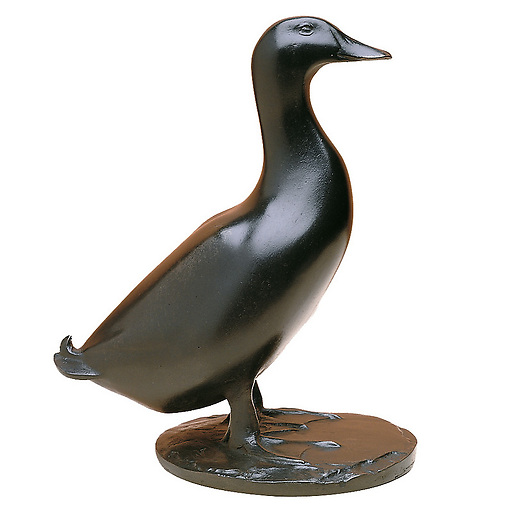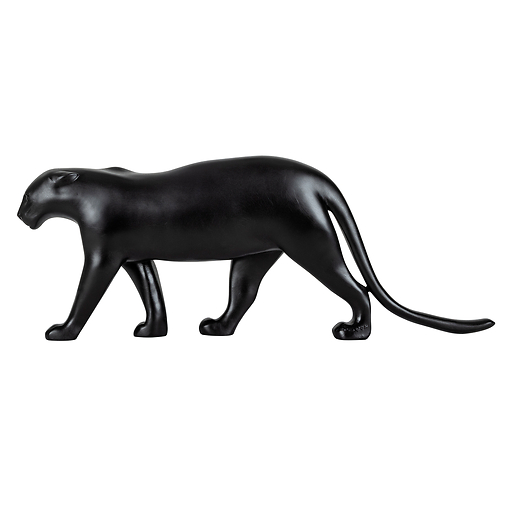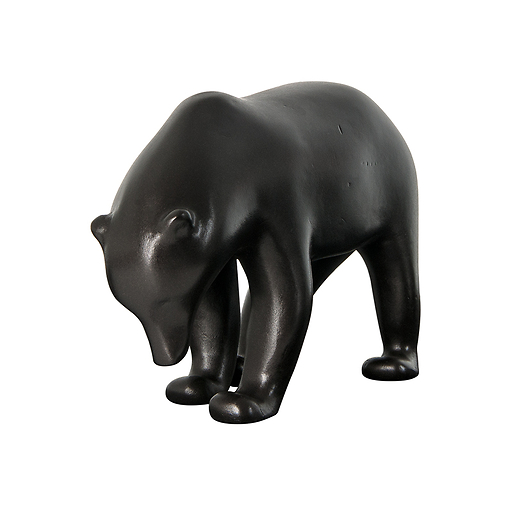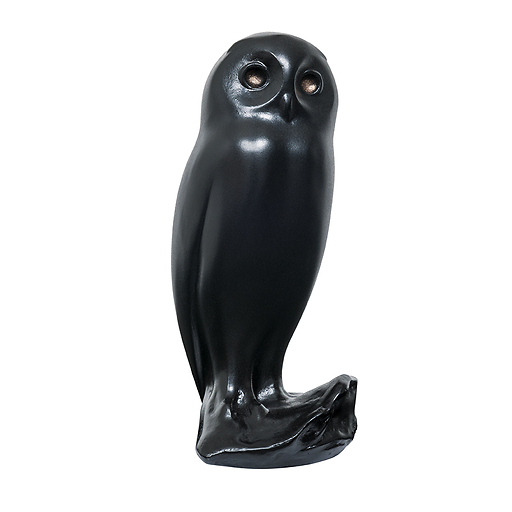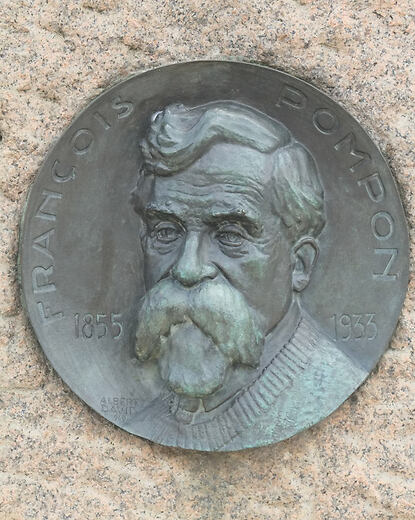Reproduction in resin patinated by hand. Mold made from a print of the original work on display at musée d'Orsay.
It is thanks to the prolonged study of the hippos of the Jardin des Plantes that the artist Pompon managed to capture the very essence of this animal. The sculpture is purified to the maximum...
Read more
Reproduction in resin patinated by hand. Mold made from a print of the original work on display at musée d'Orsay.
It is thanks to the prolonged study of the hippos of the Jardin des Plantes that the artist Pompon managed to capture the very essence of this animal. The sculpture is purified to the maximum and gives the representation all the more impact, leaving an image that testifies to the strength and aggressiveness of this species.
Close

